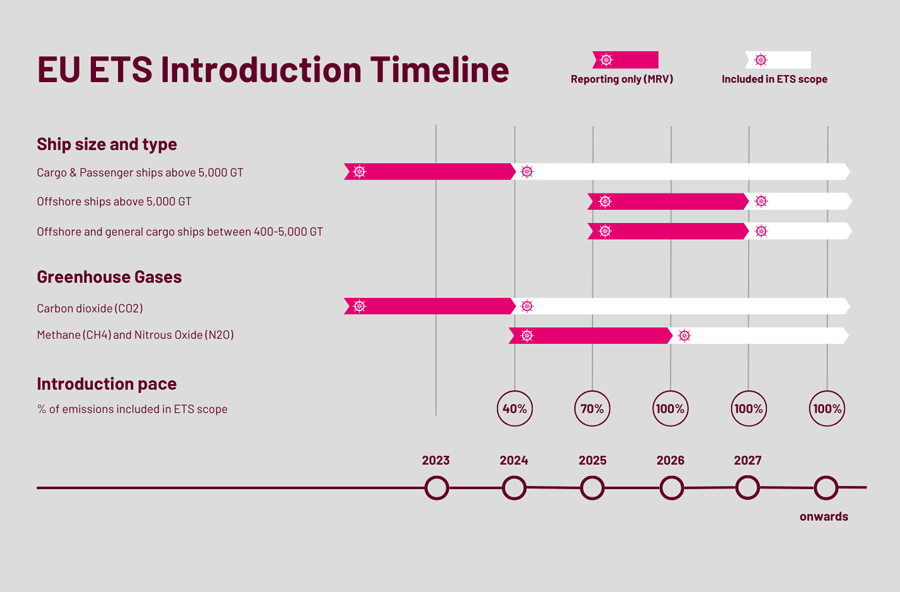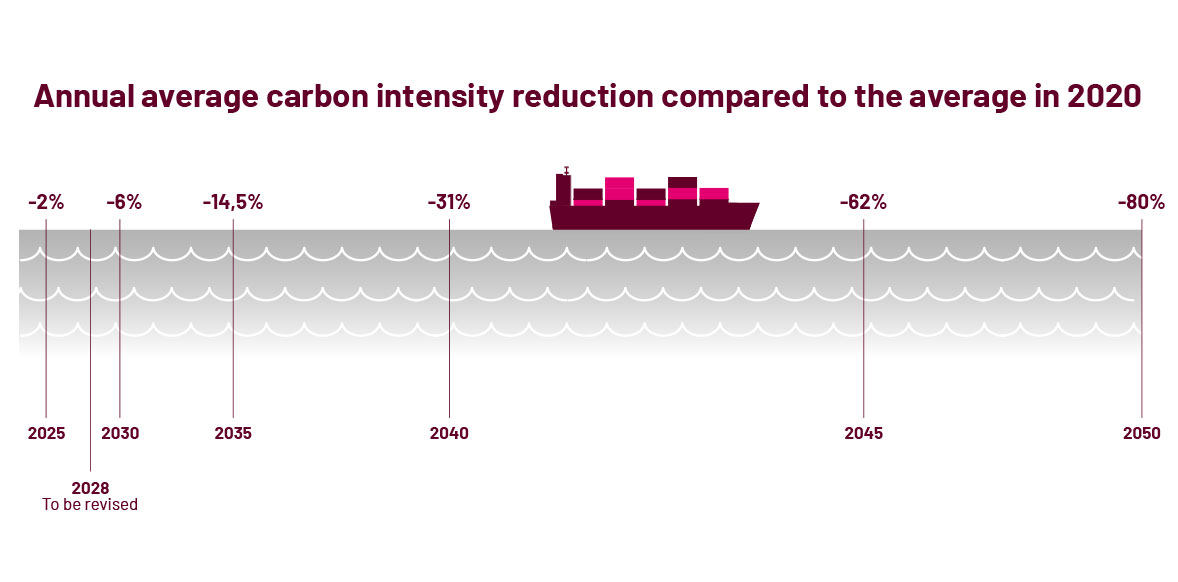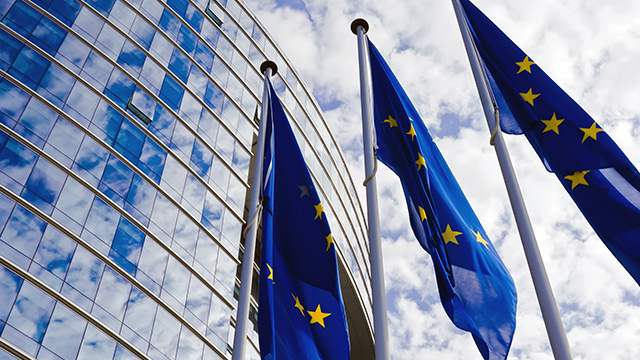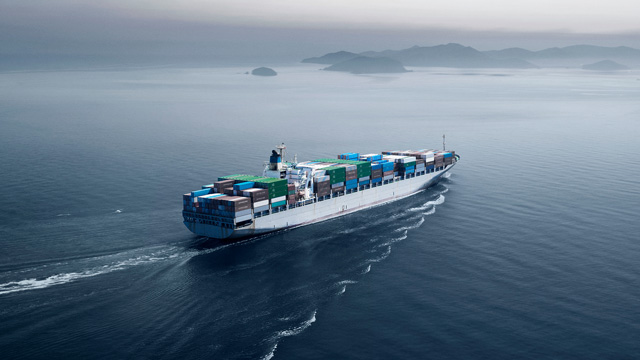Fit for 55 is an EU policy package aimed at providing a pathway for the EU to deliver on its Green Deal strategy. With a 55% greenhouse gas (GHG) reduction by 2030 as its target, Fit for 55 sets forth different measures to decarbonise various sectors such as energy, transport, industry, and agriculture.
The European Commission first presented Fit for 55 in 2021, cementing it into EU policy by 2023. As an integral component of EGD, Fit for 55 aims to cut net GHG emissions by a minimum of 55% by the end of this decade.
At the official adoption of Fit for 55, European Commissioner for Transport, Adina Valean, stated:
"Accelerating the uptake of sustainable alternative fuels and increased energy efficiency are both cornerstones for achieving our 2030 climate ambition. They will also effectively contribute to decreasing our reliance on fossil fuels imports and improving energy security in the EU."








